Home>Furniture & Design>Interior Design Trends>How To Get Silicone Off Of Glass
Interior Design Trends
How To Get Silicone Off Of Glass
Modified: February 18, 2024
Learn how to effectively remove silicone from glass surfaces with our expert interior design tips. Keep up with the latest interior design trends!
(Many of the links in this article redirect to a specific reviewed product. Your purchase of these products through affiliate links helps to generate commission for Storables.com, at no extra cost. Learn more)
Introduction
Removing silicone from glass can be a daunting task, but with the right tools and techniques, it can be accomplished effectively. Whether you're dealing with residual silicone from a DIY project or attempting to clean up a messy silicone sealant application, knowing how to tackle this challenge can save you time and frustration. Silicone, a versatile and durable material, is commonly used for sealing and bonding glass surfaces. However, when it comes to removing silicone residue from glass, it requires a methodical approach to ensure a clean and smooth finish.
In this comprehensive guide, we will explore the step-by-step process of removing silicone from glass, providing you with the knowledge and confidence to tackle this task with ease. By understanding the nature of silicone and utilizing the right tools and materials, you can restore the pristine appearance of your glass surfaces. Whether you're a DIY enthusiast, a homeowner, or a professional in the construction and renovation industry, mastering the art of silicone removal can be a valuable skill.
Let's delve into the world of silicone removal and discover the effective methods and techniques that will help you achieve a clean and polished glass surface. Whether you're dealing with a small silicone smudge or a larger area of residue, this guide will equip you with the expertise to tackle the task at hand. So, roll up your sleeves, gather your materials, and let's embark on the journey of restoring the clarity and beauty of your glass surfaces by effectively removing silicone residue.
Key Takeaways:
- Removing silicone from glass requires softening, scraping, and thorough cleaning. Use tools like razor blade scrapers and rubbing alcohol to achieve a polished, residue-free finish.
- Understanding silicone’s properties and using the right tools is key. Soften the silicone with solutions like vinegar, then delicately remove it with tools like plastic putty knives for a pristine glass surface.
Read more: How To Get Silicon Off Glass
Understanding Silicone
Silicone, a versatile polymer with a wide range of applications, is a popular choice for sealing and bonding glass surfaces due to its flexibility, durability, and resistance to extreme temperatures. Composed of silicon, oxygen, carbon, and hydrogen atoms, silicone exhibits unique properties that make it an ideal material for various construction, automotive, and household uses.
Silicone sealants are commonly used to create watertight and airtight seals around windows, doors, and glass panels. Its ability to adhere to glass surfaces while remaining flexible makes it a preferred choice for both indoor and outdoor applications. Additionally, silicone's resistance to ultraviolet (UV) rays and harsh weather conditions contributes to its longevity and effectiveness in maintaining a secure and durable seal.
When it comes to understanding silicone for the purpose of removal, it's essential to recognize its adhesive and cohesive properties. Silicone forms strong bonds with glass surfaces, creating a resilient seal that can be challenging to remove without the appropriate techniques and tools. Furthermore, silicone's resistance to water and solvents adds to the complexity of the removal process, requiring a strategic approach to effectively soften and eliminate the residue without damaging the glass.
In addition to its sealing properties, silicone is also known for its flexibility and elasticity, allowing it to expand and contract with temperature changes without losing its adhesion. This characteristic makes silicone an excellent choice for applications where movement and flexibility are essential, such as in glass structures subjected to environmental stress.
Understanding the composition and properties of silicone is crucial when embarking on the task of removing silicone from glass. By gaining insight into its adhesive strength, flexibility, and resistance to solvents, you can approach the removal process with a clear understanding of the challenges involved and the methods required to achieve successful results.
As we delve deeper into the process of removing silicone from glass, this foundational understanding of silicone will serve as a valuable guide, empowering you to navigate the intricacies of silicone removal with confidence and precision.
Tools and Materials Needed
When it comes to removing silicone from glass, having the right tools and materials at your disposal is essential for a successful and efficient process. Here's a comprehensive list of the items you'll need to effectively tackle the task of silicone removal from glass surfaces:
Tools:
-
Razor Blade Scraper: A razor blade scraper is a versatile tool that allows for precise and controlled scraping of silicone residue from glass surfaces. Look for a scraper with a comfortable handle and a secure blade attachment to ensure safe and effective use.
-
Utility Knife: A sharp utility knife can be used to carefully score and cut through larger or stubborn silicone deposits, facilitating the removal process.
-
Plastic Putty Knife: A plastic putty knife provides a non-abrasive alternative for scraping off silicone residue, minimizing the risk of scratching or damaging the glass surface.
-
Microfiber Cloth: A soft microfiber cloth is ideal for wiping and cleaning the glass surface before and after silicone removal, ensuring a smooth and residue-free finish.
-
Cotton Swabs or Q-Tips: These small, precision tools are useful for reaching and cleaning tight or intricate areas where silicone residue may be present.
-
Rubbing Alcohol: Utilized for its solvent properties, rubbing alcohol helps to dissolve and remove any remaining silicone residue, preparing the glass surface for a thorough cleaning.
Materials:
-
Silicone Remover Solution: A specialized silicone remover solution is designed to effectively soften and dissolve silicone residue, making it easier to remove from glass surfaces.
-
White Vinegar: With its acidic properties, white vinegar can be used as a natural alternative to silicone remover solution, aiding in the softening and loosening of silicone deposits.
-
Warm, Soapy Water: A solution of warm water and mild dish soap serves as an initial cleaning agent to remove surface dirt and debris before commencing the silicone removal process.
-
Protective Gloves: It's important to protect your hands with durable gloves to avoid direct contact with silicone remover solution and other chemicals during the removal process.
-
Safety Glasses: Safety glasses provide eye protection when using sharp tools and handling chemicals, ensuring a safe working environment.
By ensuring that you have these essential tools and materials on hand, you can approach the task of silicone removal from glass with confidence and precision. Each item plays a crucial role in the removal process, from softening and scraping the silicone residue to thoroughly cleaning and restoring the glass surface to its pristine condition. With the right tools and materials at your disposal, you're well-equipped to tackle the challenge of silicone removal effectively and achieve professional-quality results.
Read more: How To Get Silicone Off A Bathtub
Step 1: Softening the Silicone
Before diving into the physical removal of silicone from glass, it's crucial to initiate the process by softening the silicone residue. This step is essential for loosening the adhesive grip of the silicone, making it easier to scrape and remove from the glass surface. There are several effective methods for softening silicone, each offering a strategic approach to prepare the residue for removal.
Method 1: Silicone Remover Solution
A specialized silicone remover solution is a powerful ally in softening stubborn silicone residue. Begin by applying the silicone remover solution directly onto the affected areas, ensuring thorough coverage of the silicone residue. Allow the solution to penetrate the silicone for the recommended duration specified by the product instructions. This dwell time is crucial for the solution to effectively break down the silicone's adhesive properties, making it more pliable and easier to remove.
Method 2: White Vinegar
For those seeking a natural and readily available alternative, white vinegar can serve as an effective silicone softening agent. Apply undiluted white vinegar directly onto the silicone residue, ensuring complete coverage. The acidic nature of the vinegar works to weaken the silicone's grip on the glass surface, gradually softening the residue for subsequent removal. Allow the vinegar to sit for a period of time, typically around 30 minutes, to facilitate the softening process.
Method 3: Heat Application
Another approach to softening silicone involves the application of heat. Using a hairdryer or heat gun set to a moderate temperature, direct the heat onto the silicone residue, moving the source of heat back and forth to evenly warm the affected area. The application of heat serves to soften the silicone, making it more pliable and easier to manipulate during the removal process. Exercise caution when using heat to avoid overheating the glass surface and causing damage.
By employing one of these effective methods, or a combination thereof, you can successfully soften the silicone residue, preparing it for the subsequent removal steps. Softening the silicone is a critical initial phase that sets the stage for a smoother and more efficient removal process, ultimately leading to a clean and restored glass surface.
Read more: How To Get Resin Off Of Glass
Step 2: Removing the Silicone
With the silicone residue effectively softened, the next step involves the meticulous process of removing the softened silicone from the glass surface. This phase requires precision and patience to ensure thorough removal without causing damage to the glass. Here's a detailed guide on the methods and techniques for effectively removing silicone from glass:
Method 1: Razor Blade Scraper
Utilizing a razor blade scraper is a common and effective approach to physically remove the softened silicone from the glass. Hold the scraper at a shallow angle to the glass surface, ensuring a controlled and gentle scraping motion to lift and dislodge the silicone residue. Exercise caution to avoid applying excessive pressure, which could potentially scratch or damage the glass. Work methodically across the affected areas, periodically wiping the blade and residue with a microfiber cloth to maintain effectiveness.
Method 2: Utility Knife
For thicker or stubborn silicone deposits, a sharp utility knife can be employed to carefully score and cut through the residue. Exercise precision and control when using the utility knife, ensuring that the blade does not come into direct contact with the glass surface to prevent any accidental damage. By scoring the silicone, it becomes more manageable for subsequent removal using the razor blade scraper or other non-abrasive tools.
Method 3: Plastic Putty Knife
A plastic putty knife provides a non-abrasive alternative for scraping off silicone residue, particularly in areas where a razor blade scraper or utility knife may pose a risk of scratching the glass. The flexibility and smooth edge of the plastic putty knife allow for controlled and gentle removal of the softened silicone, ensuring a careful approach to preserving the integrity of the glass surface.
Read more: How To Get Oil Off Glass
Method 4: Cotton Swabs or Q-Tips
In intricate or hard-to-reach areas where silicone residue may be present, cotton swabs or Q-tips can be utilized to delicately lift and remove the softened silicone. Dip the cotton swab or Q-tip in rubbing alcohol to aid in dissolving and lifting the remaining residue, ensuring a thorough and meticulous approach to achieving a clean glass surface.
Method 5: Rubbing Alcohol
Following the physical removal of the majority of the silicone residue, apply rubbing alcohol to a clean microfiber cloth and gently wipe the glass surface to dissolve and lift any remaining traces of silicone. The solvent properties of rubbing alcohol aid in effectively cleaning and preparing the glass for the final step of the removal process.
By employing these methods and techniques, you can systematically and effectively remove the softened silicone from the glass surface, restoring its clarity and pristine appearance. This meticulous approach ensures that the glass is free from silicone residue, setting the stage for the final phase of the process: cleaning the glass to achieve a polished and professional finish.
Step 3: Cleaning the Glass
After successfully removing the silicone residue from the glass surface, the final step involves thorough cleaning to restore the glass to its pristine condition. This critical phase ensures the removal of any remaining traces of silicone, as well as the elimination of dirt, debris, and cleaning agents used during the removal process. Here's a detailed guide on the methods and techniques for effectively cleaning the glass:
Method 1: Warm, Soapy Water
Begin by preparing a solution of warm water and mild dish soap in a clean container. Dip a soft microfiber cloth into the soapy water and gently wash the glass surface, ensuring thorough coverage. The mild detergent aids in removing any residual silicone remover solution, vinegar, or rubbing alcohol, while effectively lifting dirt and debris from the glass. Rinse the cloth frequently and change the soapy water solution as needed to maintain cleanliness.
Read more: How To Get Limescale Off Glass
Method 2: Rinse with Clean Water
Following the initial soapy water cleaning, rinse the glass surface with clean water to remove any remaining soap residue. Use a separate clean microfiber cloth dampened with water to gently wipe the glass, ensuring a thorough rinse. This step is crucial for preparing the glass for the final cleaning phase and ensuring a residue-free finish.
Method 3: Drying the Glass
Once the glass has been thoroughly cleaned and rinsed, use a dry microfiber cloth to carefully dry the surface. Ensure that the cloth is clean and free from lint to prevent streaking or residue. Wipe the glass in a methodical and consistent manner, ensuring that the surface is completely dry and free from moisture.
Method 4: Final Inspection
After the glass has been cleaned and dried, perform a final inspection to ensure that the surface is free from any remaining silicone residue, streaks, or smudges. Examine the glass from various angles and under different lighting conditions to identify any areas that may require additional cleaning or touch-ups.
By employing these meticulous cleaning methods and techniques, you can achieve a polished and professional finish, restoring the glass to its original clarity and pristine appearance. This final phase of the silicone removal process ensures that the glass surface is free from residue and thoroughly cleaned, ready to showcase its transparency and beauty once again.
Conclusion
In conclusion, the process of removing silicone from glass surfaces requires a strategic and methodical approach, encompassing the softening, removal, and cleaning phases. By understanding the nature of silicone and employing the right tools and techniques, one can effectively restore the pristine appearance of glass, free from silicone residue.
The initial step of softening the silicone is crucial in preparing the residue for removal. Whether utilizing a specialized silicone remover solution, white vinegar, or heat application, the goal is to weaken the adhesive properties of the silicone, making it more pliable and easier to manipulate during the removal process.
The meticulous process of removing the softened silicone involves the use of tools such as razor blade scrapers, utility knives, plastic putty knives, and cotton swabs or Q-tips. Each tool serves a specific purpose in delicately lifting and dislodging the silicone residue from the glass surface, ensuring thorough removal without causing damage.
Following the successful removal of the silicone, the glass undergoes a comprehensive cleaning phase, involving the use of warm, soapy water, clean water rinsing, and thorough drying. This final phase ensures that the glass is free from any remaining silicone residue, dirt, or cleaning agents, resulting in a polished and professional finish.
By mastering the art of silicone removal from glass, individuals can maintain the clarity and beauty of glass surfaces, whether in the context of DIY projects, home maintenance, or professional construction and renovation endeavors. Armed with the knowledge and expertise gained from this comprehensive guide, tackling the challenge of silicone removal becomes an achievable and rewarding task.
In essence, the process of removing silicone from glass surfaces is a testament to the transformative power of effective techniques and attention to detail. By embracing the methods outlined in this guide, individuals can confidently restore the transparency and pristine quality of glass, ensuring that silicone residue becomes a thing of the past.
Frequently Asked Questions about How To Get Silicone Off Of Glass
Was this page helpful?
At Storables.com, we guarantee accurate and reliable information. Our content, validated by Expert Board Contributors, is crafted following stringent Editorial Policies. We're committed to providing you with well-researched, expert-backed insights for all your informational needs.
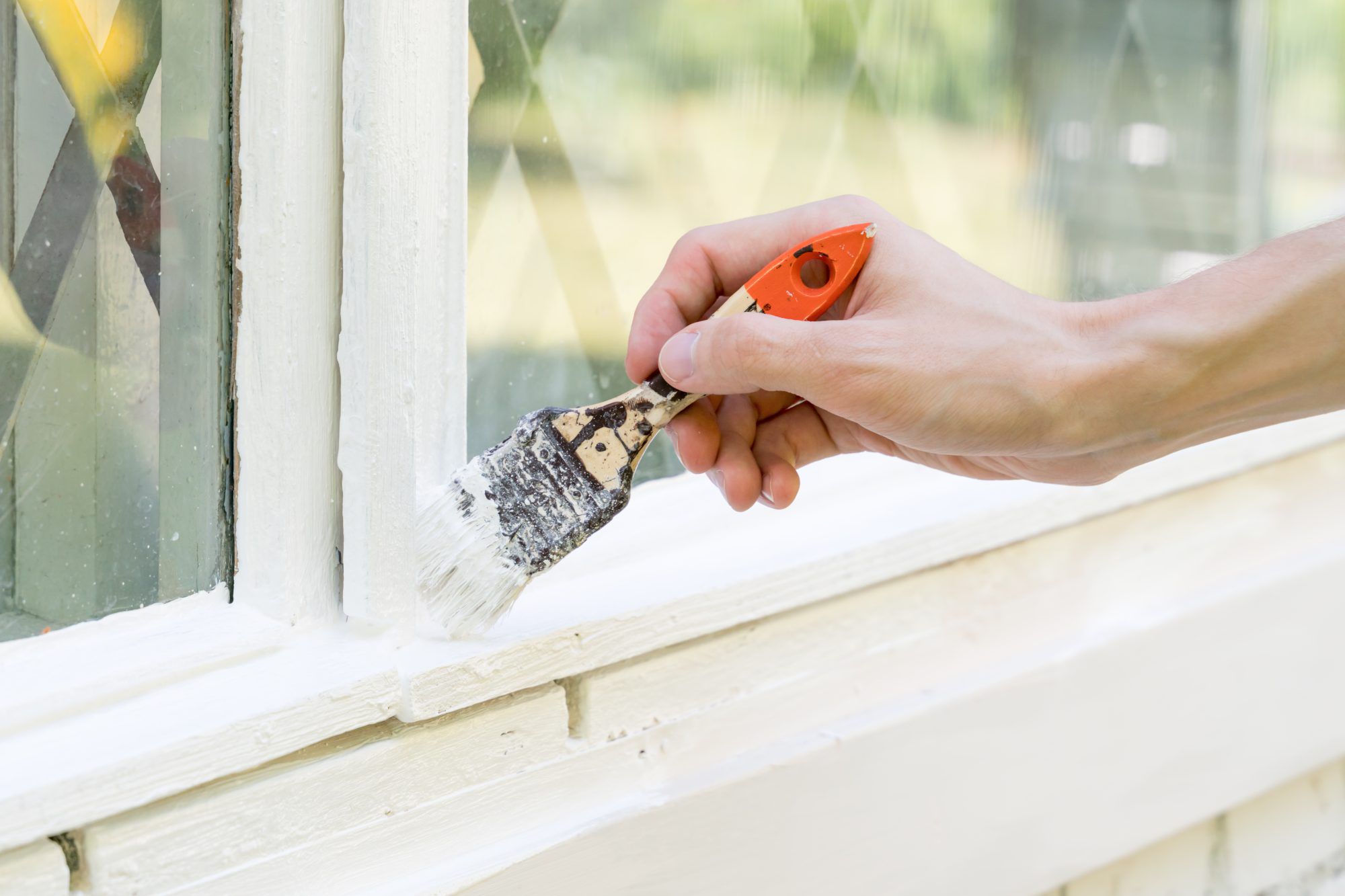
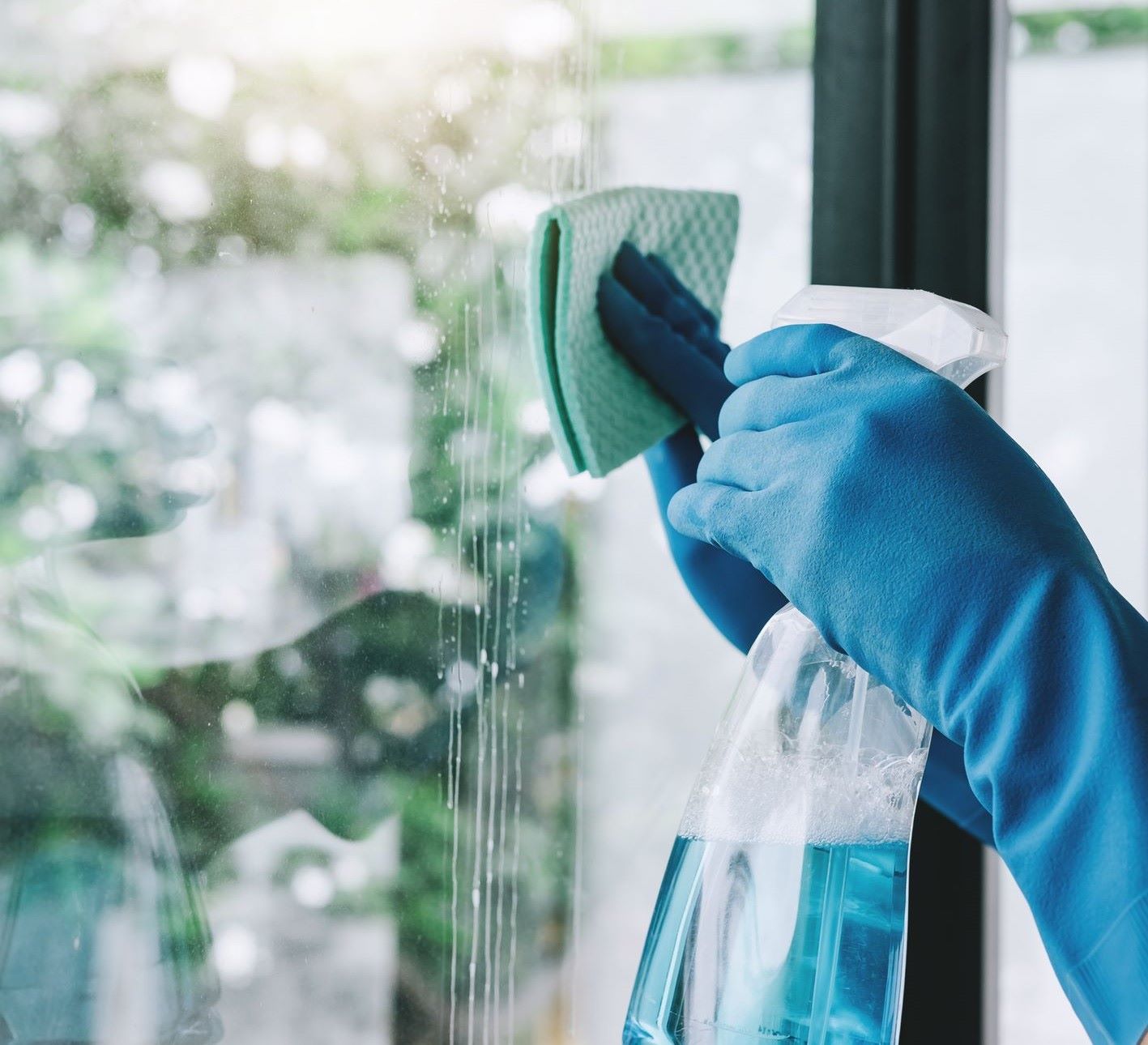
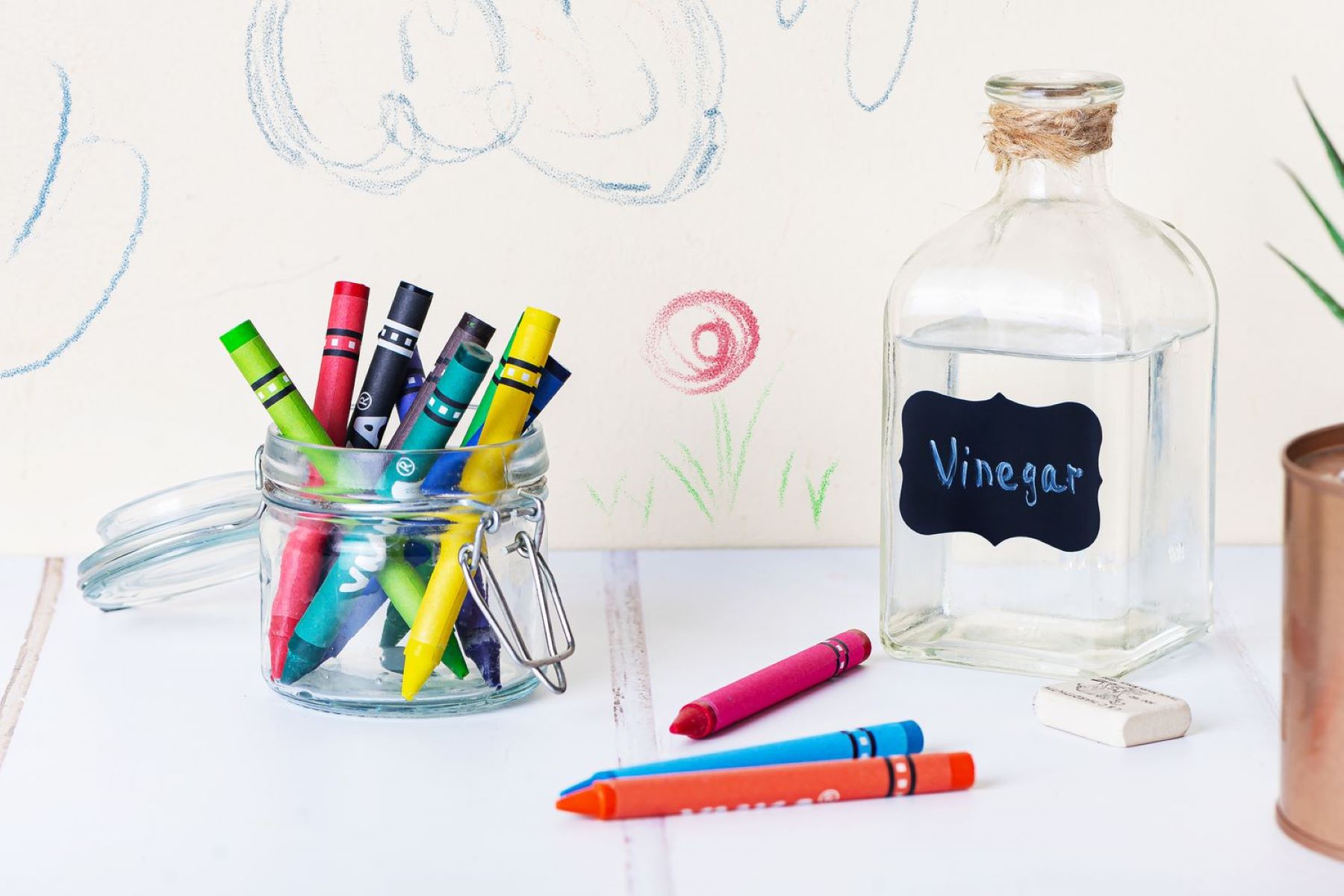
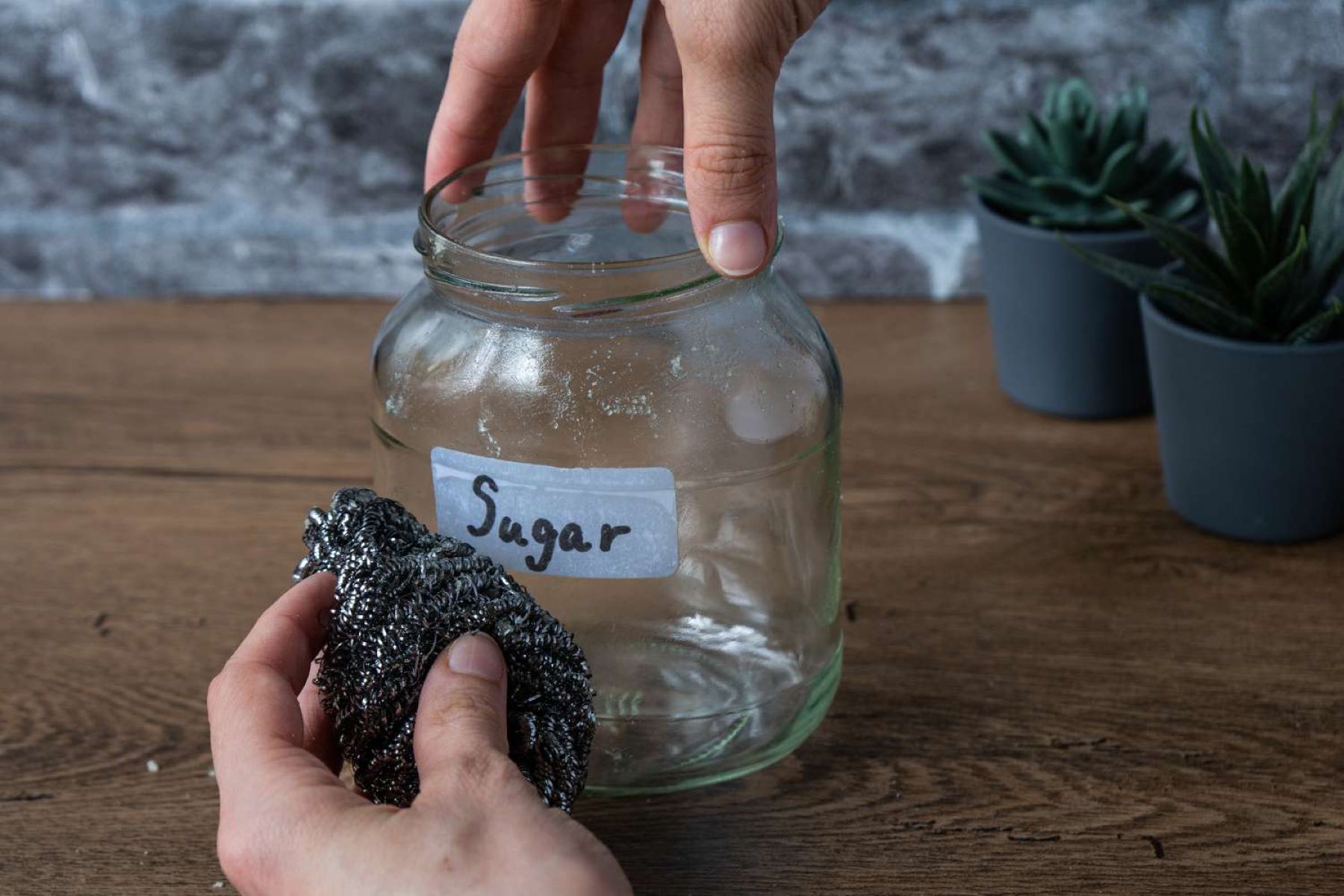
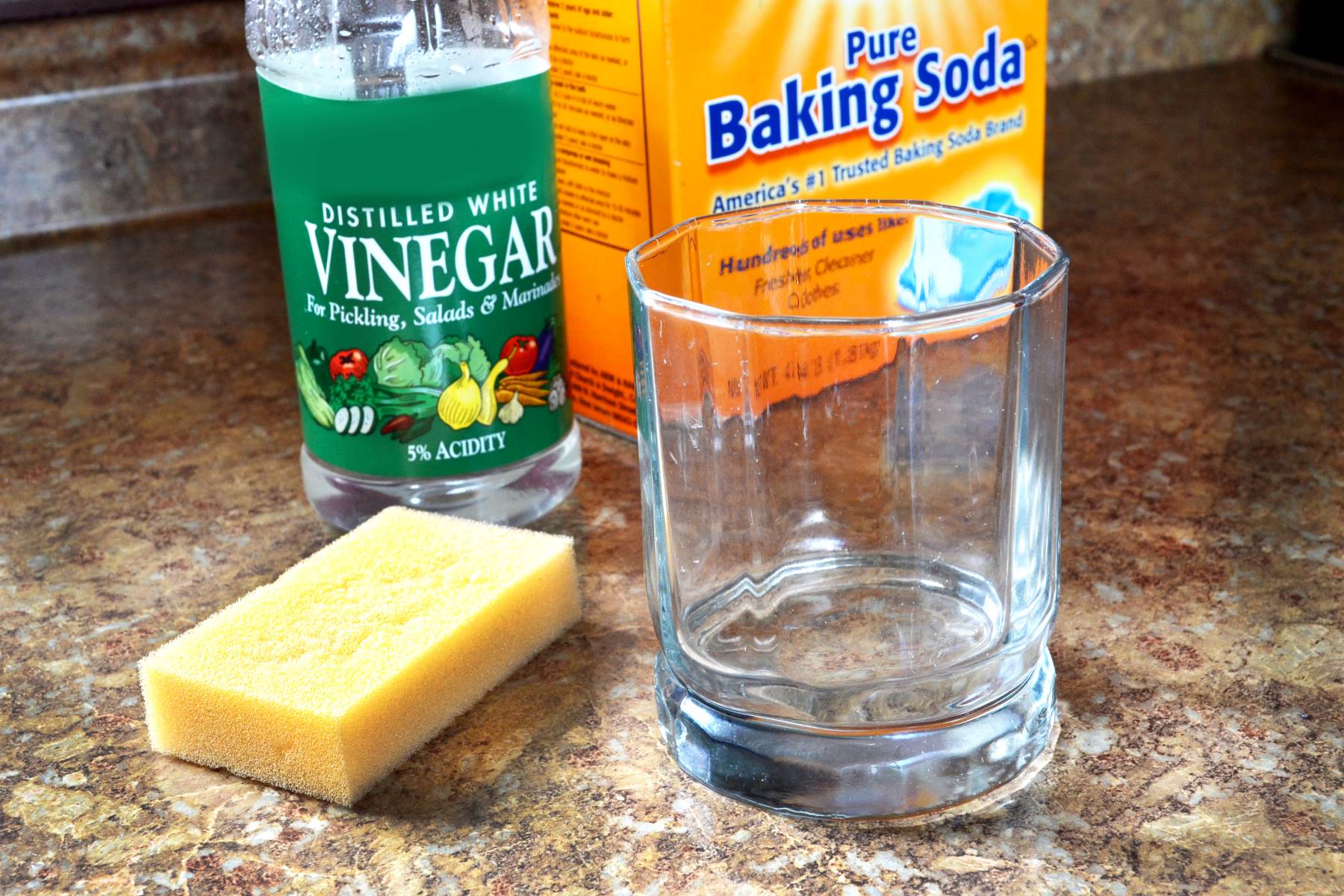
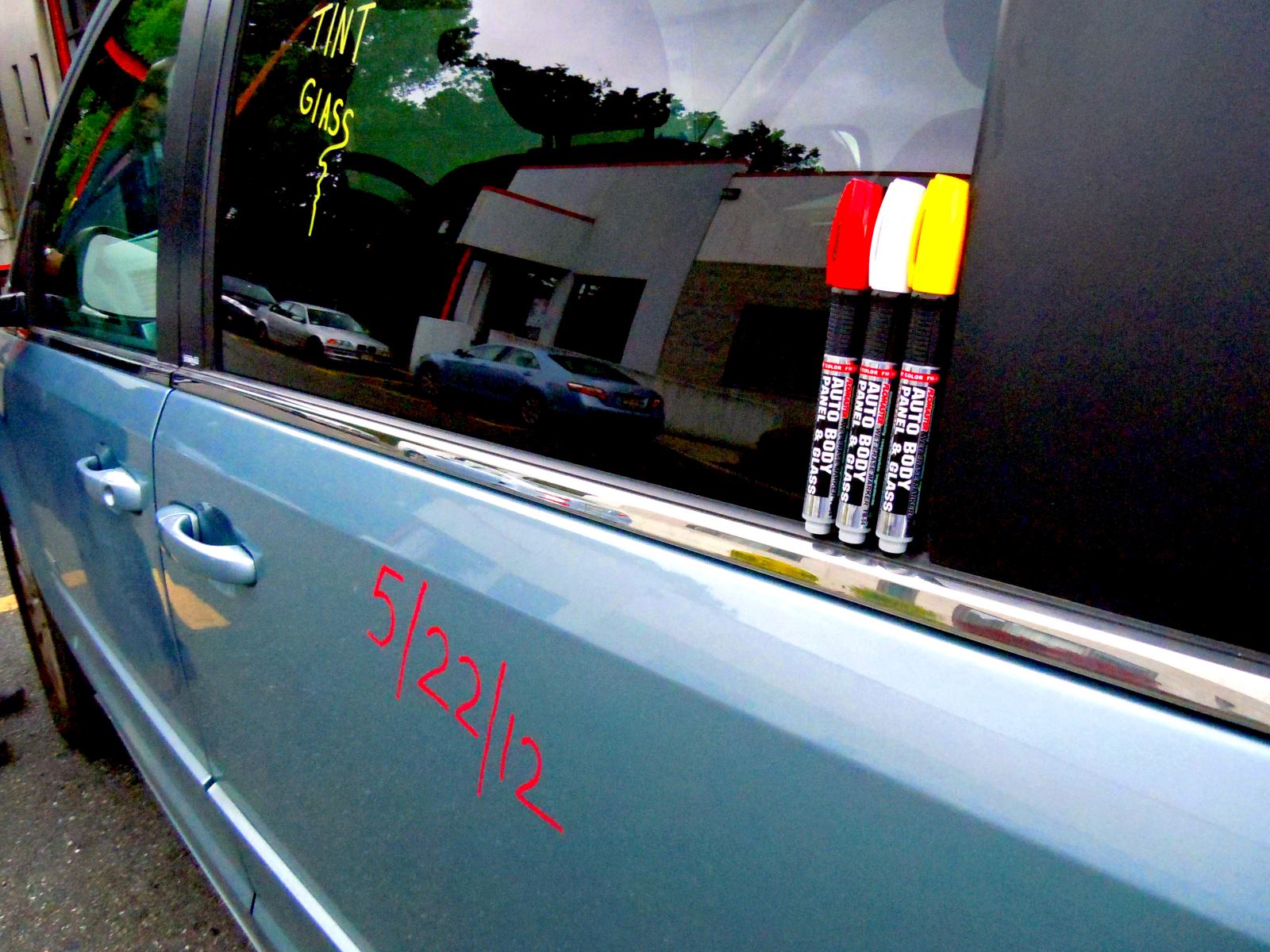
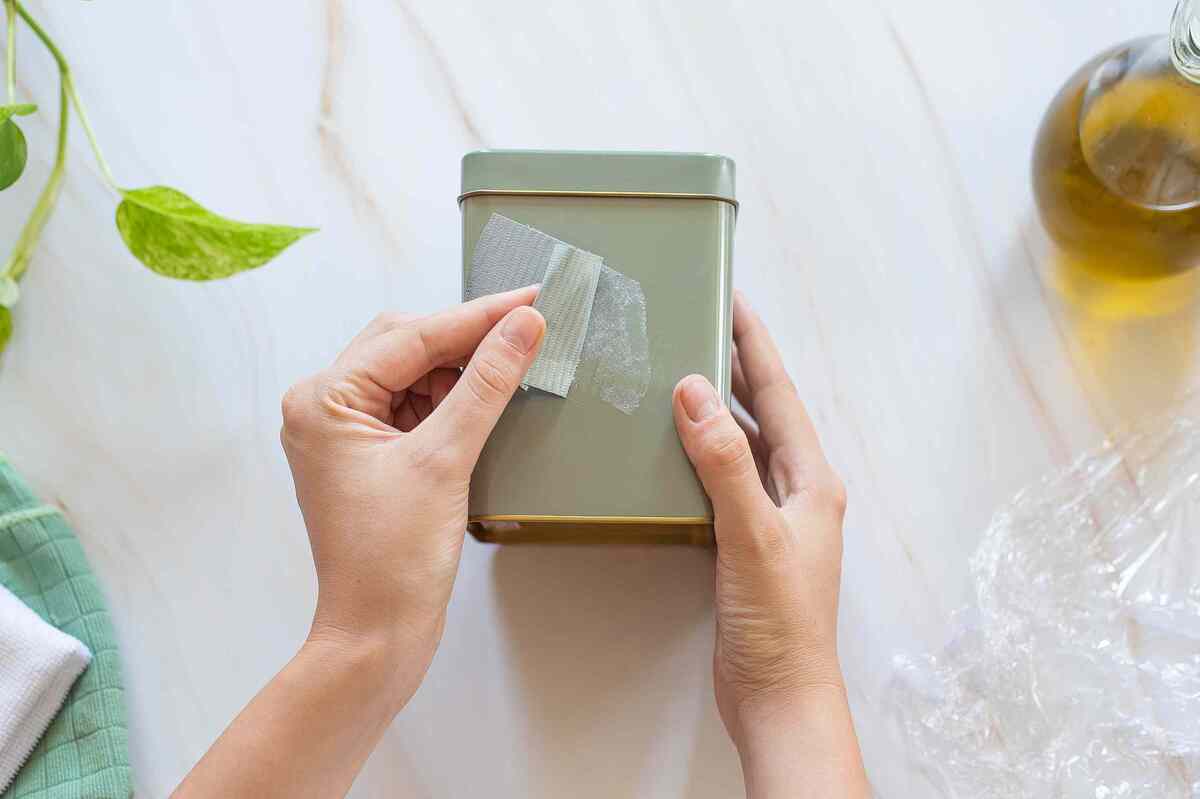
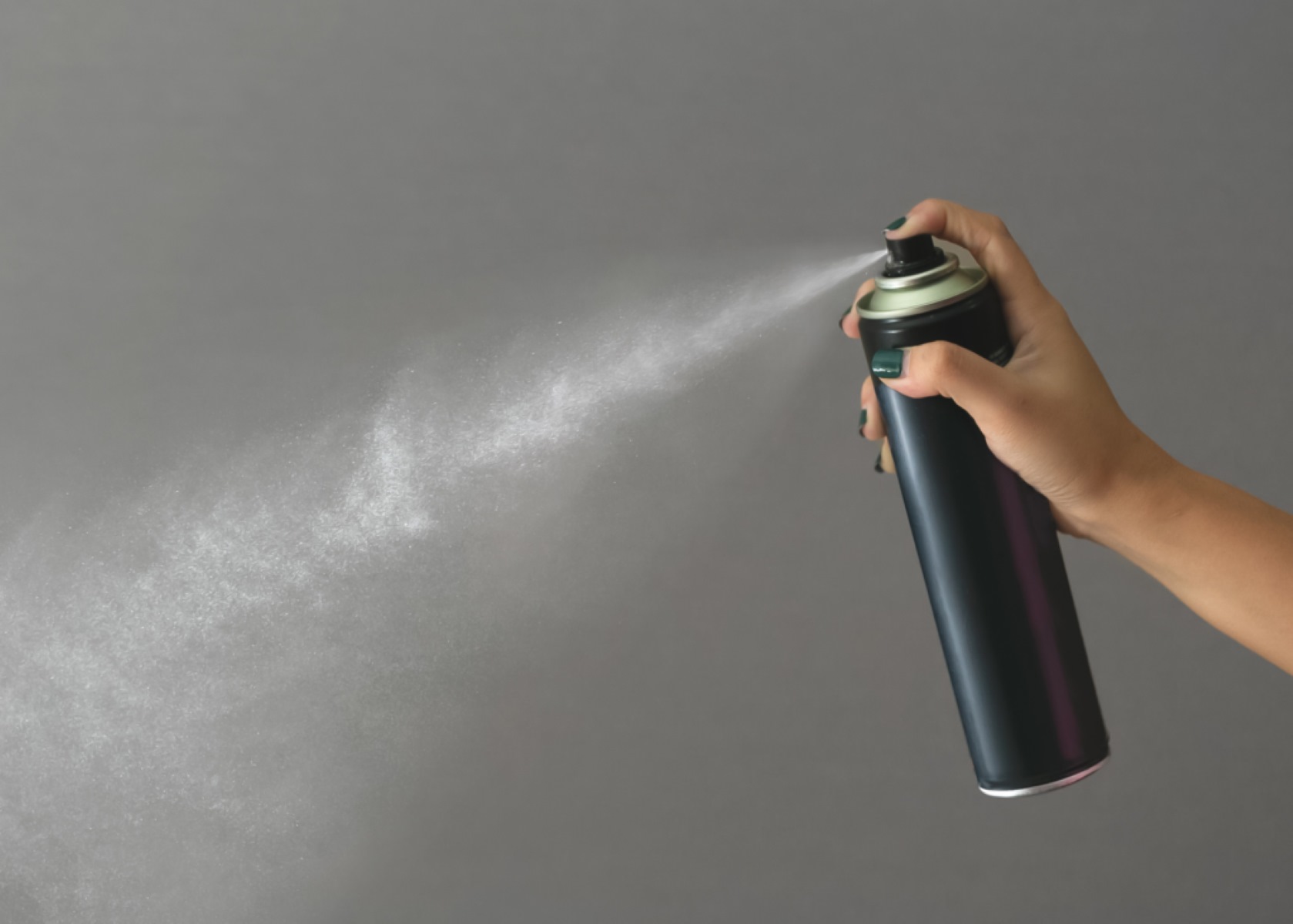
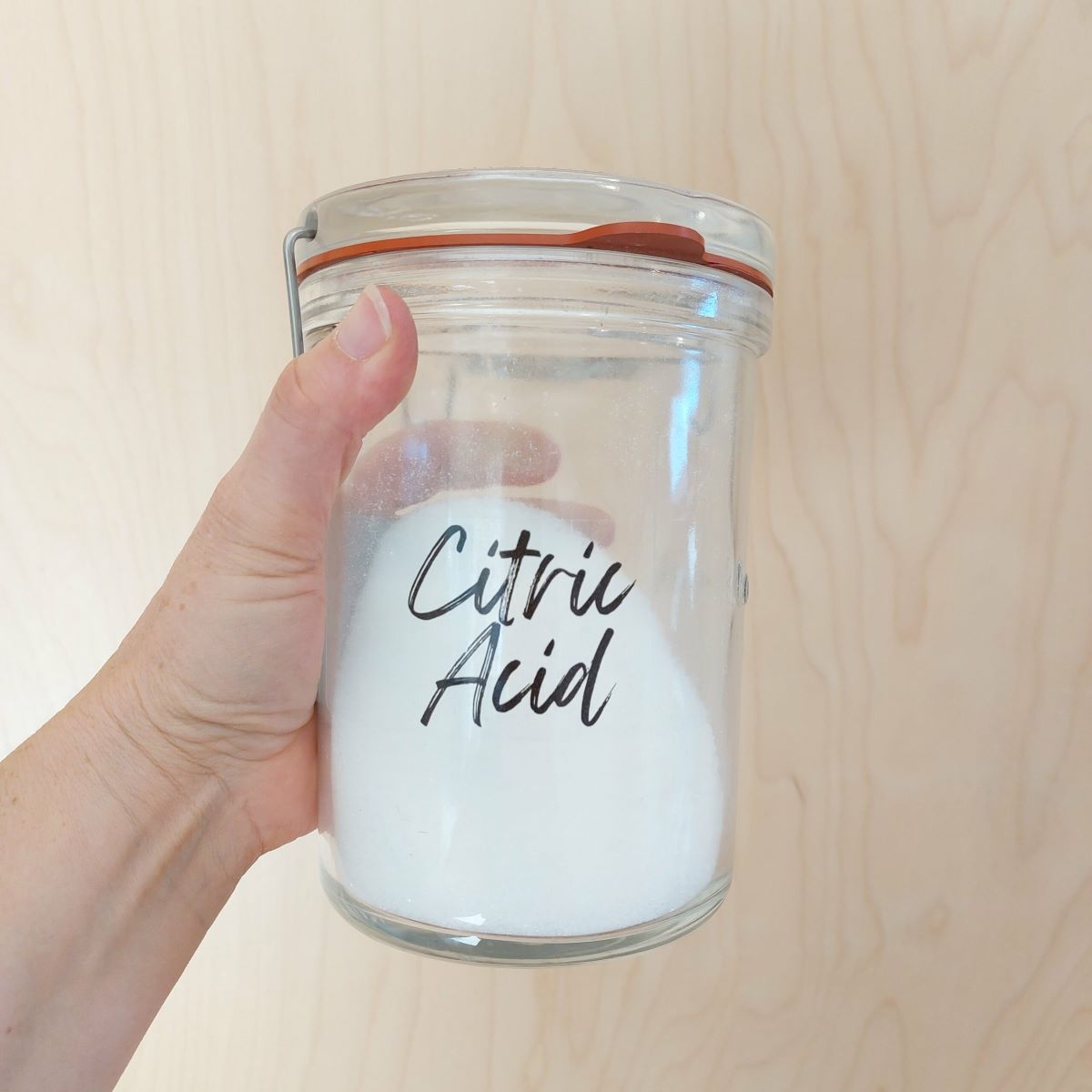
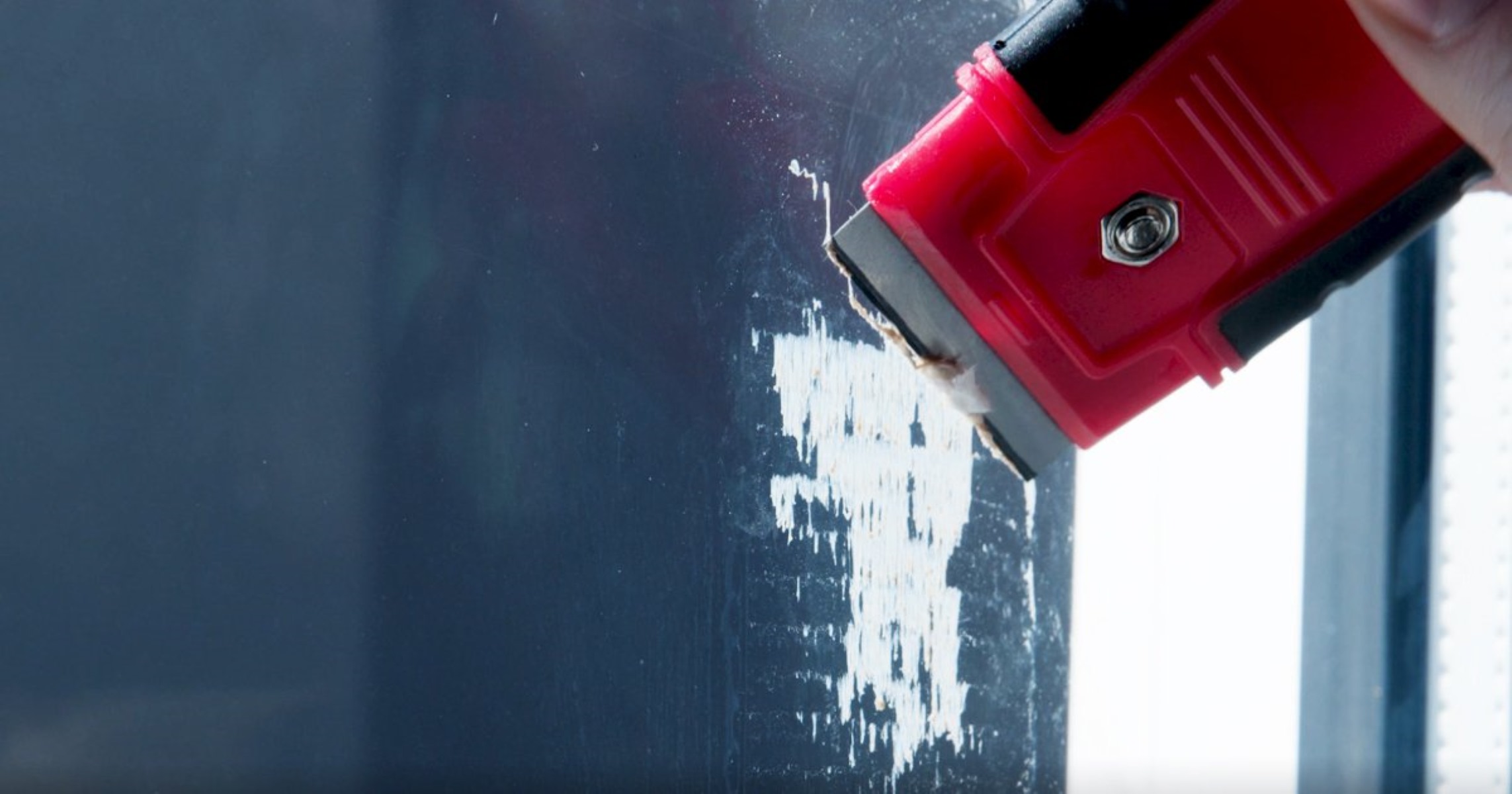

0 thoughts on “How To Get Silicone Off Of Glass”